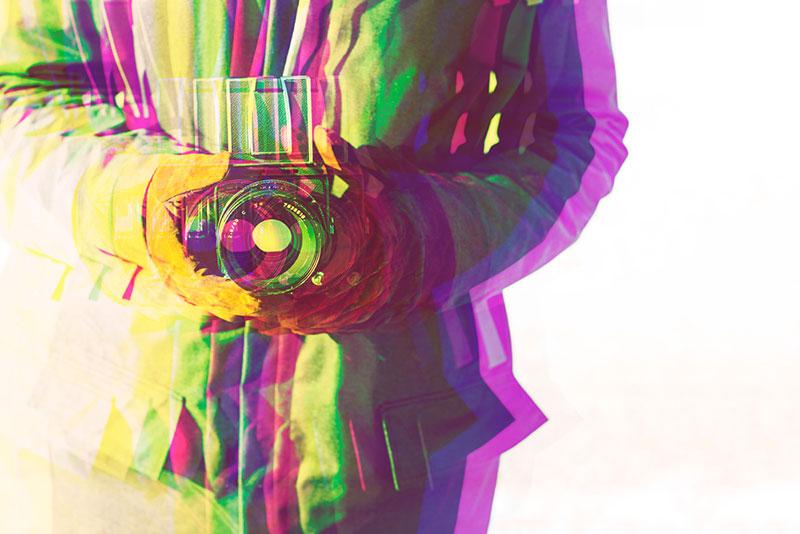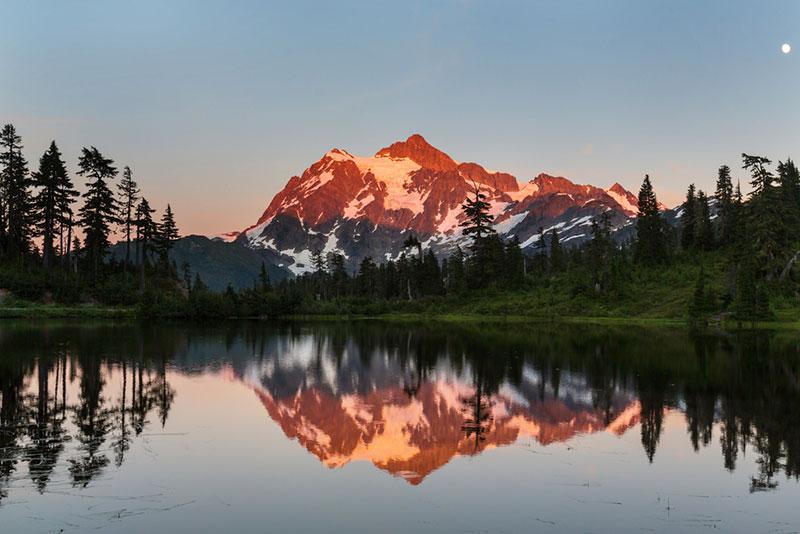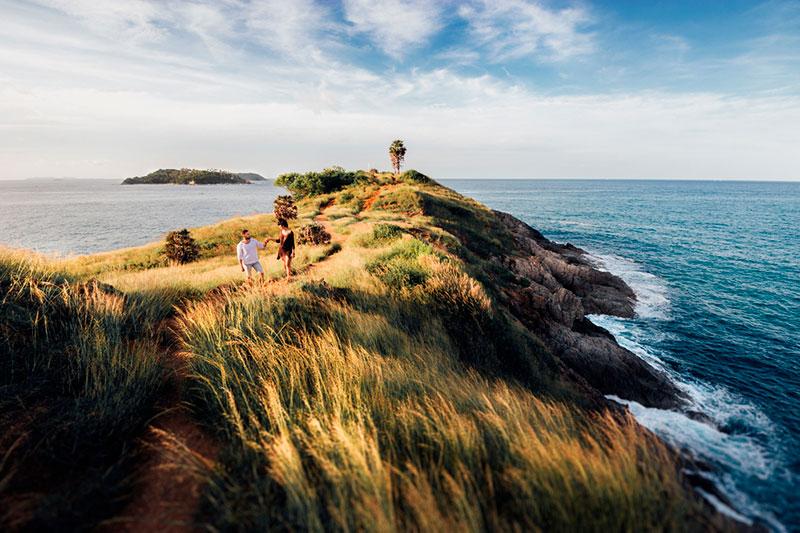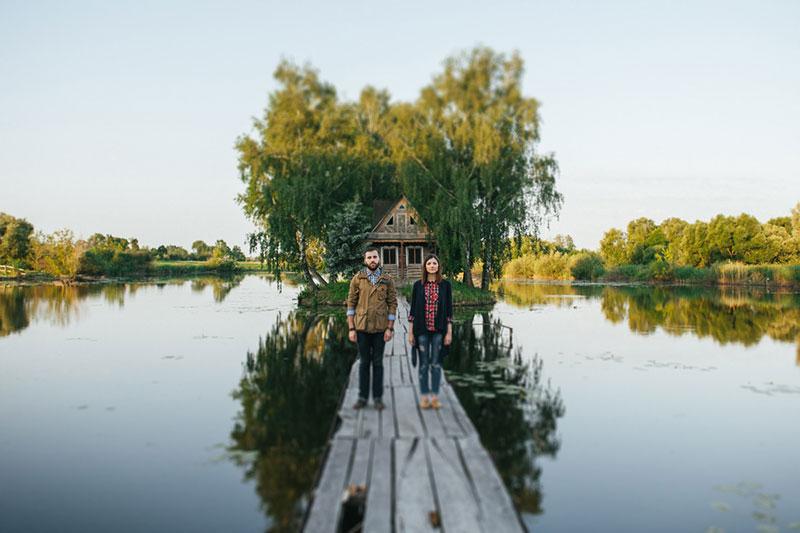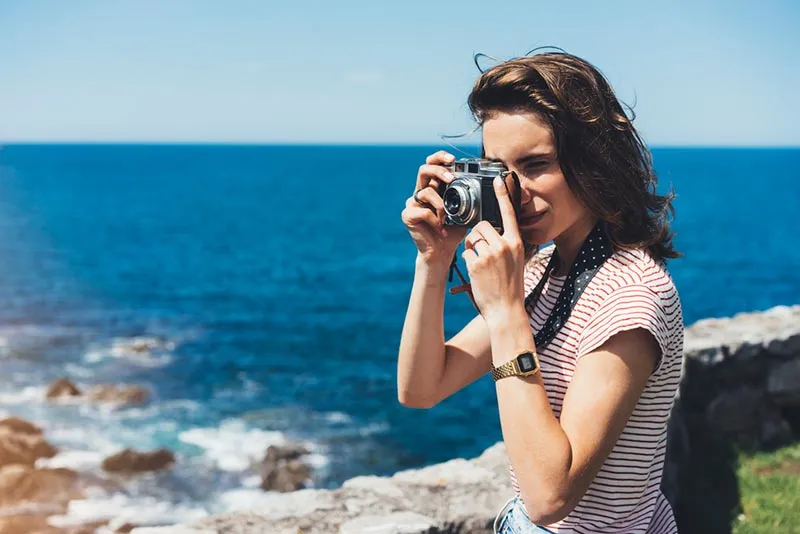8 Things You Can Tweak for Sharper Photos
Clean and crisp images are hard to produce consistently. If you don’t know your camera and lens sweet spot, you kind of have to go through trial and error to achieve the results you hope for. Getting sharper photos becomes a game where you find yourself at a loss but we’re here to help.
What are some factors that make an image blurry and out of focus in places? It’s things like noise, subject movement, camera shake, poor focus and a high ISO. There are many things (in fact almost every setting), that will be to blame for a blurry shot. What’s left is to resort to a tripod or classic photoshop image manipulation. But let’s not jump to extremes and really explore how you can improve your image sharpness as you’re taking the shot, in-camera.
How to get sharper photos in-camera
1. Change how you hold your camera
Most common reason for blurry images is camera shake. Now, the wisest solution is to get that tripod out but there are occasions when it’s simply not fitting. Use both hands to stabilize your camera and support yourself on some surface to basically become a human tripod.
2. Set a base ISO
You want to keep your ISO low. The lower your ISO, the less noise your image will have. Shooting during daylight requires for a standard 400 ISO, however consider that going lower will result in less grainy shots. Larger ISO will allow you to use a faster shutter speed and capturing moving objects, but will result in more noise.
3. Shutter speed alterations
Shutter speed is the next obvious thing at fault – you very well know that faster shutter speeds result in less camera shake. There’s a golden rule for the optimal shutter speed for your lens. Use a shutter speed of at least 1/focal length. As an example, a 100mm lens would need the shutter speed of 1/100 or faster.
4. Decreasing aperture
Aperture is everything for sharpness in images. Smaller apertures will soften the image, while larger apertures reduce depth of field. It’s therefore important to know the limitations of your lens and find the golden middle.
Infographic: Guide to manual photography
5. Use image stabilisation
Many of the recent cameras and lenses now have an image stabilisation (IS) option which removes camera shak. Keep in mind that this takes care of only camera movement and allows you to us slower shutter speeds but doesn’t relate to subject movement.
6. Manual or auto focus
You can’t always rely on auto focus. No tech tweak will get you razor sharp images the way manual focusing will. This applies to low light situations. You can use manual focus and zoom in to your images to see how sharp the details are in-camera.
7. Mirror lockup
You might not know this, but with every shot you take, there is a little vibration from the mirror flipping on your DSLR. The good news is that your camera settings have a ‘mirror-lock up’ mode.
8. Cleaning your camera
If you’ve tried all of these tips but still aren’t getting the results you want, your image sharpness can be compromised by dust or smudges on your lens. This can distort colors and light so try cleaning your lens with special lens cleaning solutions.
Time to switch your lens?
If you’re still not getting the results you want, perhaps you need to get a new lens. Lenses can also be responsible for image sharpness but of course, this is just the last resort if you’re doing everything by the book for sharp images.
Lastly, every camera and lens has a ‘sweet spot’ that results in crispy sharp images. With time you will definitely find the magical concoction but if you’re intrigued by what you can do in-camera, try our tips and see if it makes a difference to your shots.
